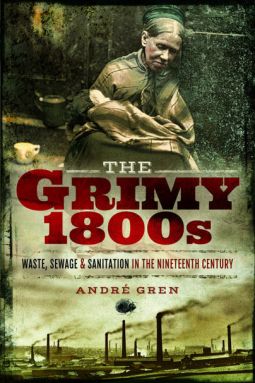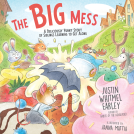
The Grimy 1800s
Waste, Sewage, and Sanitation in Nineteenth Century Britain
by Andre Gren
This title was previously available on NetGalley and is now archived.
Send NetGalley books directly to your Kindle or Kindle app
1
To read on a Kindle or Kindle app, please add kindle@netgalley.com as an approved email address to receive files in your Amazon account. Click here for step-by-step instructions.
2
Also find your Kindle email address within your Amazon account, and enter it here.
Pub Date Sep 30 2019 | Archive Date Sep 18 2019
Pen & Sword | Pen & Sword History
Talking about this book? Use #TheGrimy1800s #NetGalley. More hashtag tips!
Description
In the nineteenth century, as towns grew, Britain became increasingly grimy. The causes of dirt and pollution were defined legally as ‘nuisances’ and, in 1835, the new local authorities very rapidly appointed an army of ‘inspectors of nuisances’. This book is the inspectors’ chronicle: it offers their eye-witness accounts and a plethora of details pertaining to the workings of the scrutinising Parliamentary Committees that were set up in an attempt to ease the struggles against filth. Inspectors battled untreated human excreta in rivers black as ink, as well as insanitary drinking water, home to tadpoles and portions of frogs so large that they blocked taps. They dealt with putrid animal carcases in cattle markets and slaughter-houses, not to mention the unabated smoke from mill chimneys that covered towns with a thick layer of black grime. Boggle Hole Pond was a source of drinking water full of dead dogs; ice cream was coated in bugs; stinking rotting crabs, poultry and pigeon smells polluted the air. Even the dead floating out of badly drained burial grounds were ‘nuisances’, leading to the practice of burning the remains of the dead. This is the history of a grimy century in the throes of the Industrial Revolution, illustrating the many ways in which the country responded to the ever growing demands of a new age of industry.
Available Editions
| EDITION | Paperback |
| ISBN | 9781526731401 |
| PRICE | £12.99 (GBP) |
Links
Readers who liked this book also liked:
Yvette Manessis Corporon
General Fiction (Adult), Historical Fiction, Women's Fiction


















